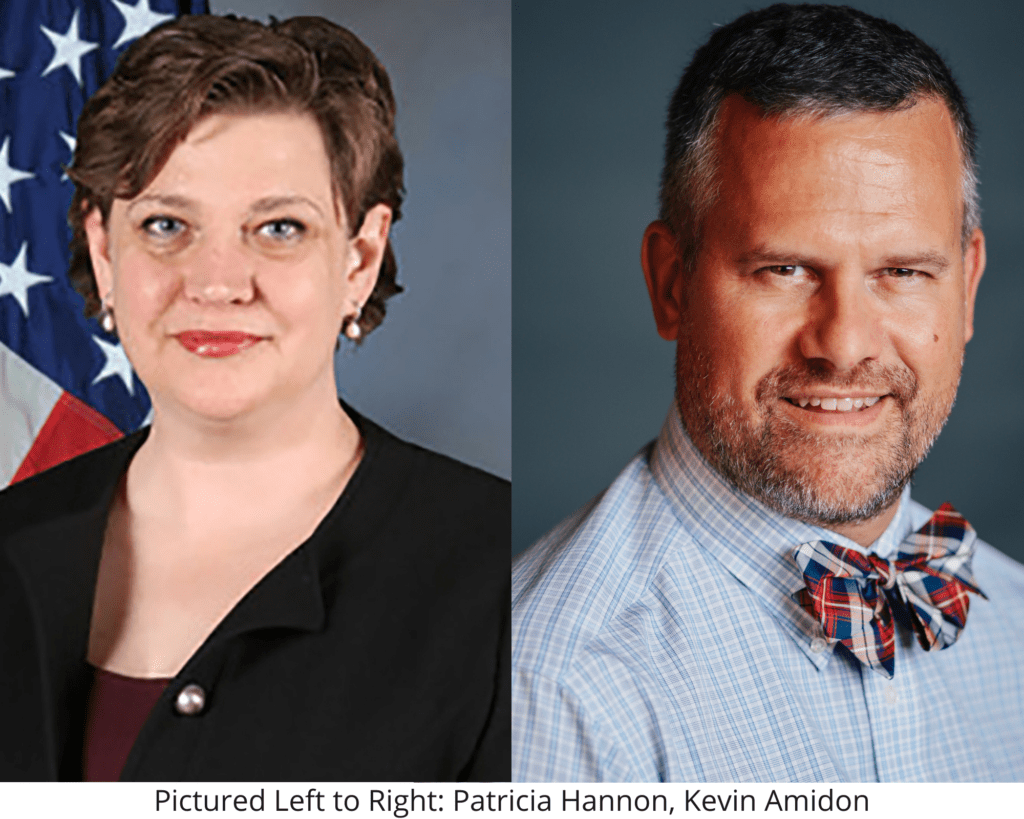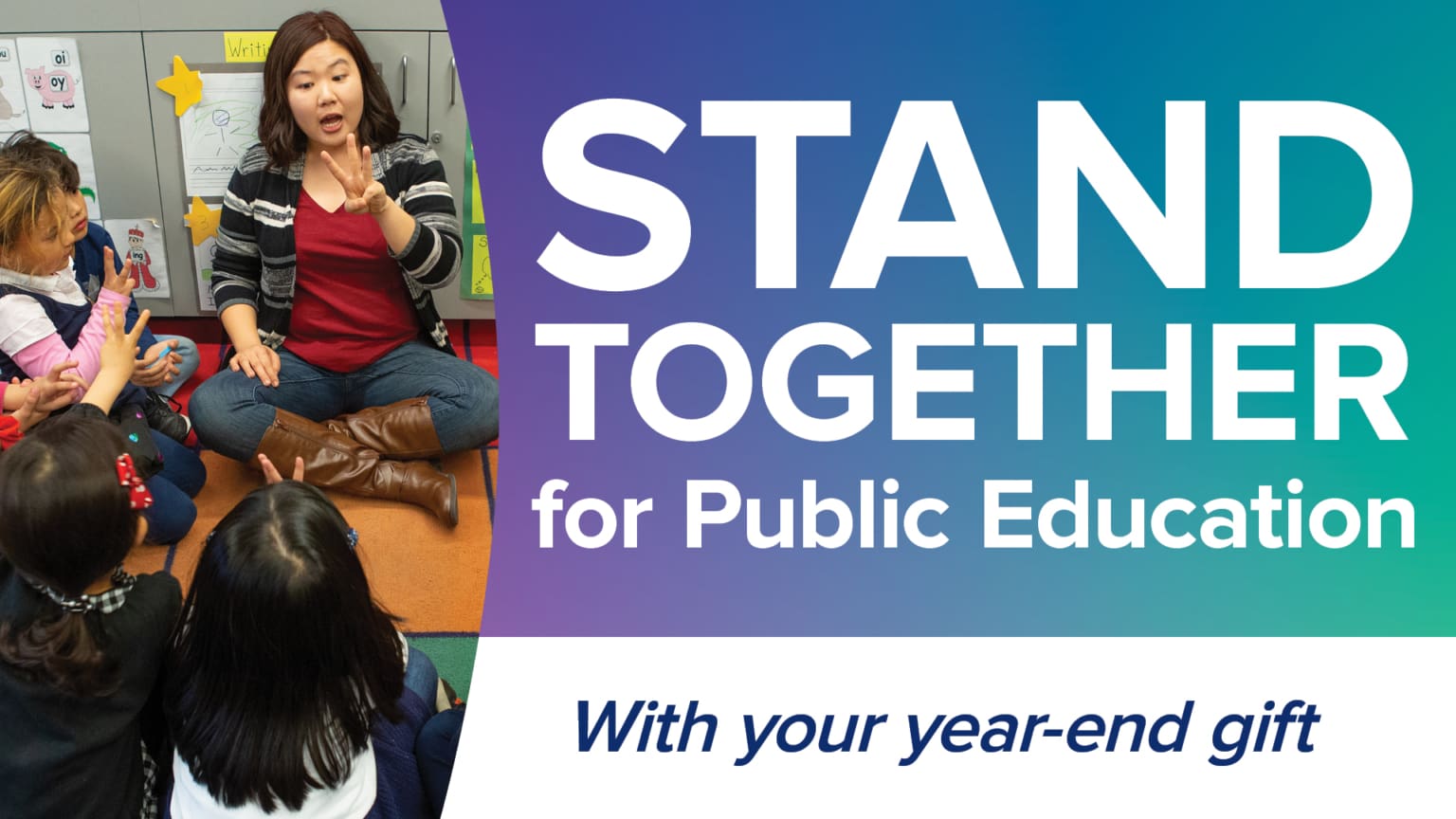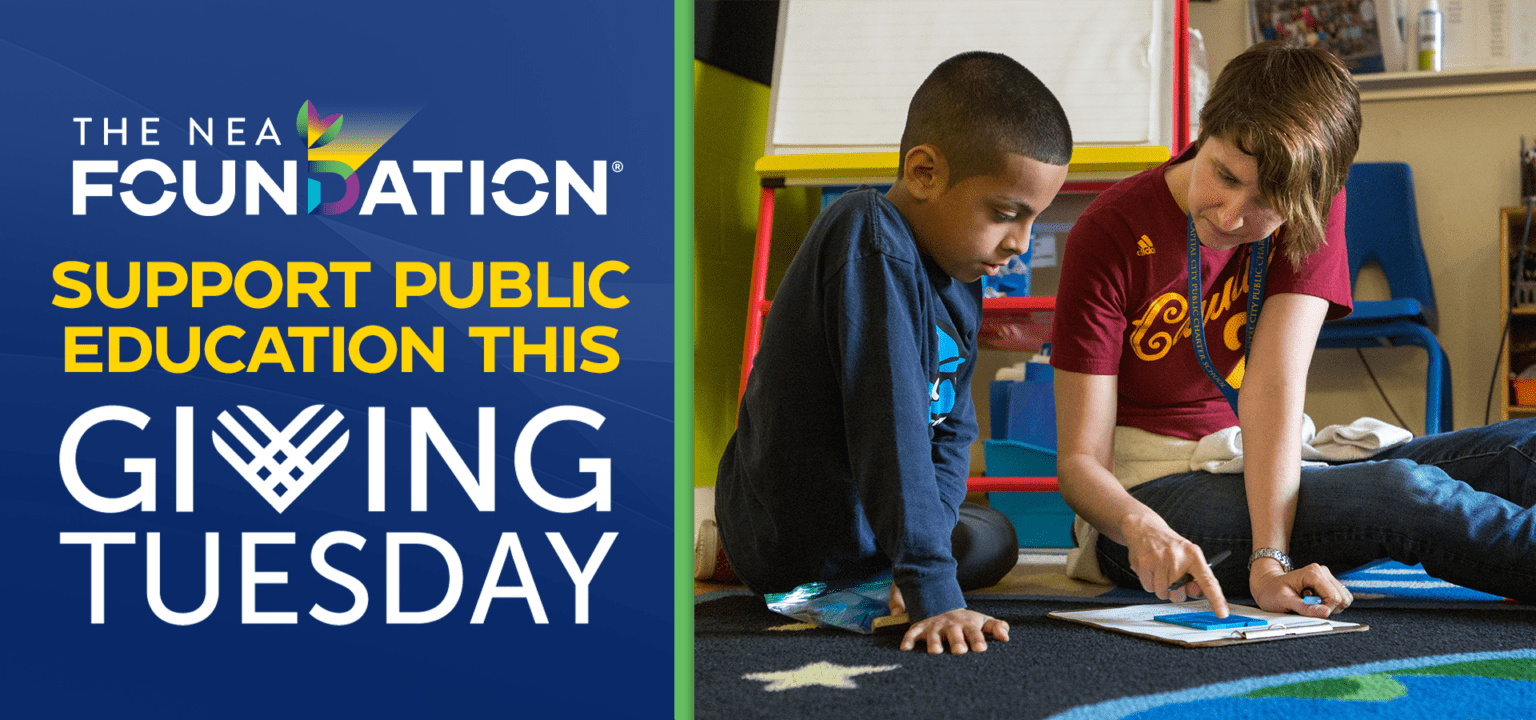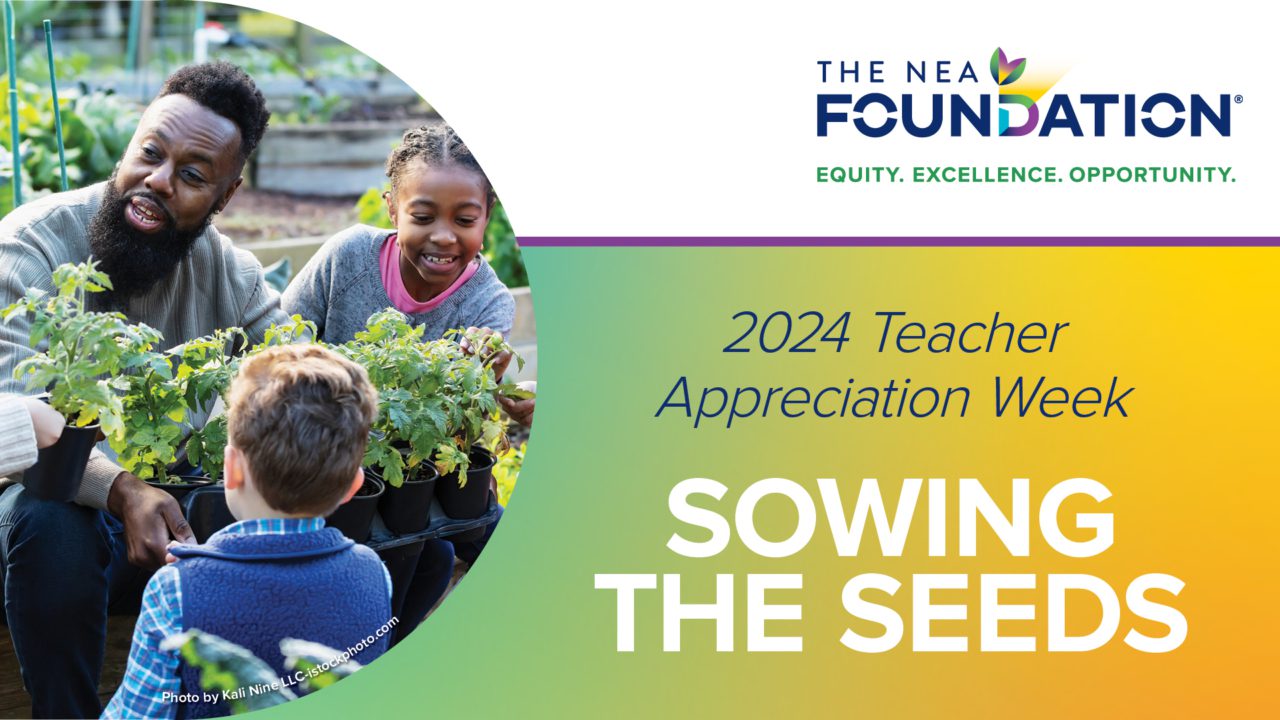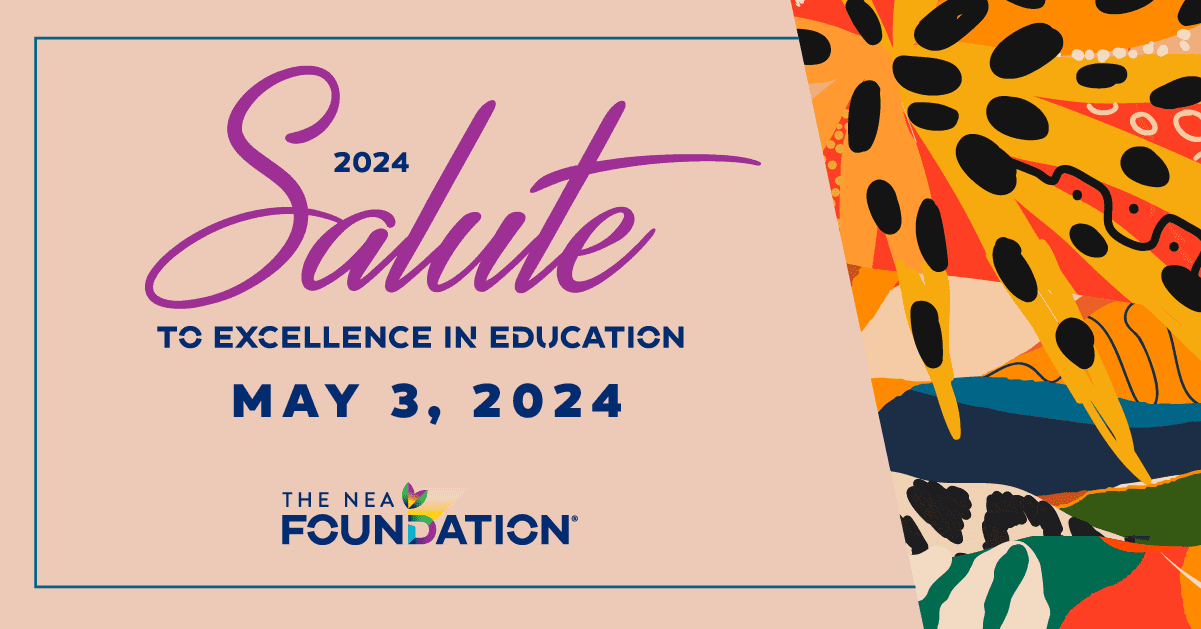As educators, cultural assumptions and implicit bias matter for us. In another human-services field, medicine, we know they can be fatal. Two physicians, Melanie Tervalon and Jann Murray-Garcia, explored this issue in a landmark 1998 paper, and coined the term “cultural humility” in response. Since then, the health-care sector has adopted cultural humility training as central to a high standard of patient and community care.
In our era of bullet-proof backpacks, cultural assumptions and implicit bias can be fatal in education, too. I feel it is time to consider what the cultural humility model has to offer to the field of education.
Cultural humility is built on three core principles:
1. Lifelong Learning and Critical Self-Reflection: Tervalon and Murray-Garcia posited that it is not enough simply to learn about or celebrate other cultures. In education, we call this practice “Heroes and Holidays”; in medicine and social science, it is referred to as the “Cultural Zoo Model.” In fact, a little knowledge can be dangerous – it devolves quickly into the stereotype it attempts to counter. It is therefore vital that we first consider our own place in and among the many cultures we traverse daily, and invite meaningful experiences with other cultures unlike our own. Furthermore, it is crucial that we remove the stigma of “not knowing” and transform it into “still learning.”
2. Recognize and Challenge Power Imbalances: Similarly to medicine, education also has a problem with the patients (community) being under-represented among the practitioners (educators/administrators). Rather than simply observing these problems, cultural humility motivates us to address them. It is imperative that we tackle issues both large (diversity of students in teacher education programs) and seemingly small (inclusive representation on PTA). This task can happen on the personal level, but a supportive social group makes it much more effective.
3. Institutional Accountability: This principle is perhaps the most significant and difficult step toward cultural humility. Whereas principles one and two are carried out within ourselves and our communities, step three requires follow-through for systemic change. Not only must we continually re-examine our own actions and reflect for growth, we must also embed the resulting change at the institutional level. What programs are in place at our schools and districts to continually examine the practices of the district? How are conflicts and tensions addressed? Is collective/shared decision-making in place?
Interwoven in these three principles is the understanding that the work will never be done, that cultural humility is a continuous process of self-reflection and improvement in a world that is constantly changing. Mistakes and apologies are part of how we achieve consideration for both ourselves and others. By honoring this journey, I feel that Tervalon and Murray-Garcia have prepared us to enter our classrooms every day to “First, do no harm.”
Patricia A. Hannon, MA, is an educator at the Dept. of Defense Overseas Schools and is posted in Hohenfels, Germany. She is a 2020 Horace Mann Award for Teaching Excellence Recipient and a Museum Teacher Fellow of the US Holocaust Memorial Museum. Patricia currently serves as the European Human and Civil Rights Coordinator for the Federal Education Association. This article does not represent information or views of the US Dept. of Defense.
Kevin S. Amidon, Ph.D. is the Director of the Honors College and Associate Professor of Modern Languages at Fort Hays State University. His research and teaching focus on the history and theory of cultural diversity and social change.
The NEA Foundation is committed to featuring diverse voices and perspectives about critical issues facing public education, students, and educators. These views do not necessarily reflect those of the NEA Foundation.

